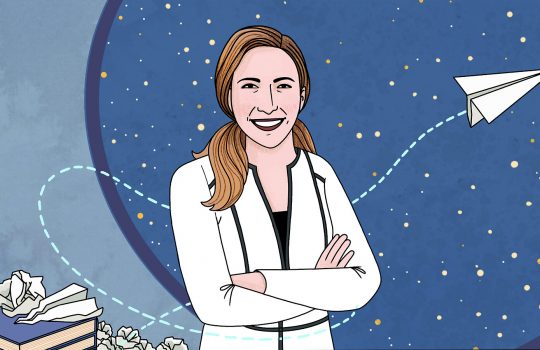Tracking suburban history with 150 big stories
From the Daily Herald, October 5, 2022: Take a journey down memory lane with the Daily Herald’s chronological listing of milestones, growth and discoveries including Fermilab’s discovery of the top quark, a tiny subatomic particle that can help explain the creation of the universe.

